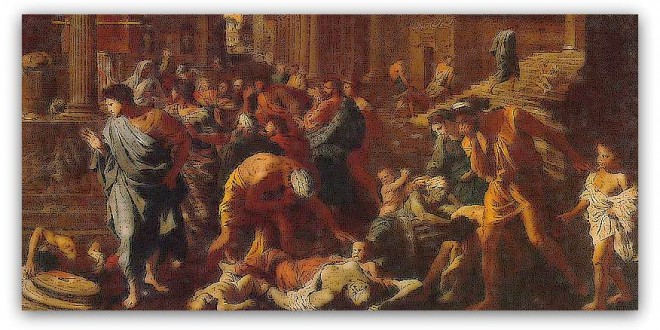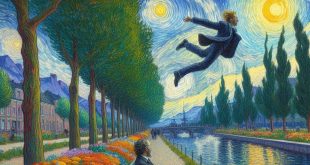…………………………….”And what is my beauty, the one that you are not  tired of praising, I’ll spend later in your contentment: Joint gently at your side, the lighthouse you can enjoy the delights of love, | when you are very close to my the left side; And what delight that I could go, that you might call for happy, and advantage, later, fall in love with me.”
tired of praising, I’ll spend later in your contentment: Joint gently at your side, the lighthouse you can enjoy the delights of love, | when you are very close to my the left side; And what delight that I could go, that you might call for happy, and advantage, later, fall in love with me.”
In 1577, she had the audacity of an proposal eccentric (not being achieved) to propose the construction of a home-shelter for destitute women. Just 12 years before, when she was 20 years old, already her name was placed in a special catalog of her city, in the years of the plague and venereal diseases, wars and famines. That woman, also well poor – had become a grandmother – had continued to surprise her fellow citizens of Venice. Yet, before last visit of the “Black Death” – that of 1575 – the courtesan Veronica Franco was rich, with house and land, with good social contacts and a large number of benefactors and admirers. Her beauty was portrayed by the painter Tintoretto, and her poems appreciated by King Henry III of France, from Montaigne and by the Venetian nobleman Domenico Venier. Of both, still remain – even today – good memory.
“If we are armed and trained, we can convince men that we have hands,  feet and a heart like theirs; and even if we are delicate and tender, delicate, there are men that can also be strong, and vulgar and violent men who are cowards. Women have not yet realized that they should behave so, in this way would be able to fight to the death; and to show that this is true, I’ll be the first to act, erecting myself to model.”
feet and a heart like theirs; and even if we are delicate and tender, delicate, there are men that can also be strong, and vulgar and violent men who are cowards. Women have not yet realized that they should behave so, in this way would be able to fight to the death; and to show that this is true, I’ll be the first to act, erecting myself to model.”
Sell their bodies to so many people, the fear of being robbed, insults and public discrimination, moving in the desires of others, this was the world of Veronica. She was not only a courtesan honored and special, but also a poet who published her poetry and attended the literary salons of her city. She was the mother to show her the invisible world that had permeate the streets and houses of Renaissance Venice, where two groups of women with beautiful appearance had could exercise the oldest profession in the world, the world of prostitution. Or rather, the two types of prostitution, of course reserved for different social classes, where young women grew rapidly in experience and intuition, but trying to be included in the public catalog of prostitution – the one containing their name and address, as well as prices and types of their sexual performance – in special pages where the ” honest courtesan ” had cultivated important friendships, away from taverns, close to the places of power.
 “If I could be certain of your love to show what the words and the face, which often take indoor ranges soul; If that holds that the mind itself harvest showed the footsteps outside in such a way, that others were not often taken fraud, that fear from me uniform, of which when so I realized, simple and silly, it I would have laughed: “A place for itself many streets I went,” the saying goes; “neither is safe point | turn behind the appearances steps.”………………
“If I could be certain of your love to show what the words and the face, which often take indoor ranges soul; If that holds that the mind itself harvest showed the footsteps outside in such a way, that others were not often taken fraud, that fear from me uniform, of which when so I realized, simple and silly, it I would have laughed: “A place for itself many streets I went,” the saying goes; “neither is safe point | turn behind the appearances steps.”………………
Of that distant world, Meeting Benches proposes a novel (THE LAST ROW), two-dimensional in time, consists of three sections: novel, collection of footnotes, and 13 tourist routes, into the places of the Italian Renaissance. The book is available in Italian language, in e-book format. From next month it will be available also in English
http://meetingbenches.com/book-italian-version/
 Meeting Benches World art in all forms
Meeting Benches World art in all forms








